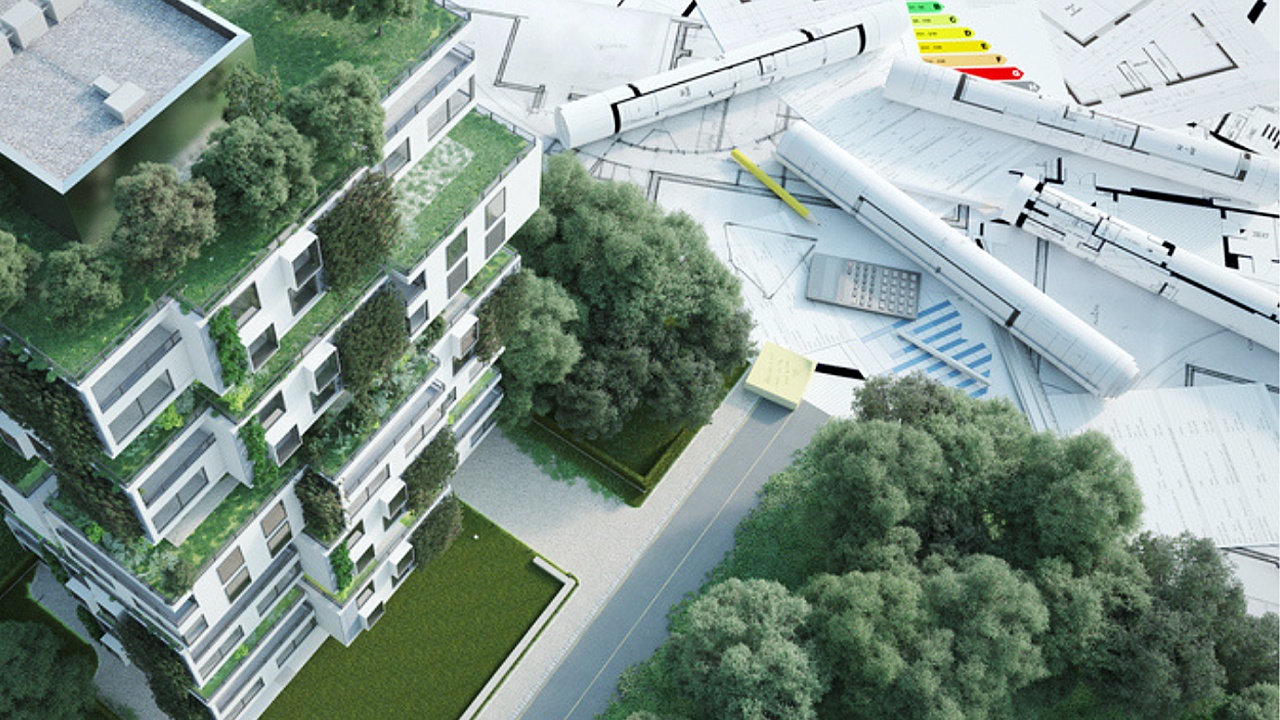BIM tech technology is paving the way for advancements in the design world. If you’re seeking a career as a BIM technician, you’ll be working with designers, engineers, and other professionals to take a design concept from preliminary drawings to construction, utilizing BIM (building-information modeling) processes to support the building lifecycle. BIM software makes the design process both more effective and more efficient, allowing professionals to analyze, simulate, and update their designs to ensure a smooth construction process.
While BIM technology is helpful for streamlining a number of different processes, it’s especially useful when it comes to analyzing the sustainability of the structures being built. In today’s world, creating sustainable building designs is more important than ever, and if you’re entering the BIM industry, you’ll want to know how to create with sustainability in mind. Below, discover more about sustainable design, and how BIM tools can be used to conduct sustainability analysis.
Why Sustainable Design Is Important: An Explanation for those with BIM Training
With the rise of environmental awareness and activism in light of global warming, sustainable design is a trend that will continue to grow in the future. In many countries and provinces, government initiatives have been developed to encourage green-building design, including financial incentives and subsidies. The sustainability of buildings can be measured in many different ways, including the materials used, the energy efficiency of the structure, how much water is used, and the amount of space a structure occupies. For instance, solar panels can be installed on the roof of buildings to supply green energy, and concrete materials could be used instead of wood. If you’re seeking a BIM technician career, your skills will be important in assessing the sustainability of structural designs – reducing the environmental impact of structures.

BIM technology facilitates the sustainable analysis of designs
The Relationship Between BIM and Sustainable Design
The innovation and intelligence offered by BIM platforms offers many benefits for the sustainable design process. The biggest advantage of utilizing BIM for sustainable design is that with BIM, sustainable analysis can be conducted on the designs being developed. When it comes to sustainable design, in order to fully understand how sustainable a building can be, it’s important to analyze its performance through analysis. The results of such analysis can be used to optimize the design, fix errors, and integrate more sustainable features. The use of BIM software enables professionals with BIM training to obtain a greater amount of data, achieve automatic coordination of different plans, and view simulated models, making it easier to analyze a design for its environmental impact and sustainability.
Conducting BIM-Based Sustainability Analyses as a BIM Technician
BIM facilitates sustainable analysis in many different ways. For one, the platform gathers data as the design process progresses, allowing designers to begin analyzing the performance of a building from the start. Information such as percentages of material recycling and reuse can also be obtained, and advanced technology can be used to determine how sustainable energy sources would perform in a given environment. With the ability to efficiently analyze 3-D models and collaborate with different stakeholders in the development of a sustainable design, BIM technology provides a huge advantage in the creation of a greener future. If you’re considering enrolling in BIM courses, consider using your skills to create sustainable designs throughout your career.
The future is Bright.
Join the Community, Design a Brighter Future.



